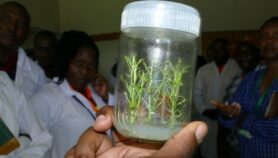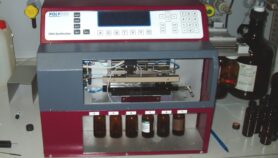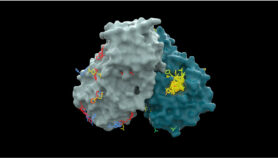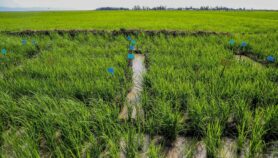By: Tamar Kahn
Send to a friend
The details you provide on this page will not be used to send unsolicited email, and will not be sold to a 3rd party. See privacy policy.
[CAPE TOWN] The largest single telescope in the Southern hemisphere was inaugurated in South Africa yesterday (10 November) by president Thabo Mbeki.
As well as boosting South African space science, the telescope is likely to attract thousands of tourists and encourage young people to pursue science-based careers — both potentially important for the country’s economy.
The Southern African Large Telescope (SALT) cost US$36 million and took five years to build through an international partnership between South Africa and Germany, New Zealand, Poland, the United Kingdom and the United States.
South Africa is investing heavily in astronomy because its location makes it ideal for this field of study.
SALT is located in an observatory near the remote town of Sutherland. The town’s cold, dry nights, which minimise atmospheric distortion, and its lack of light ‘pollution’ make this one of the best places in the world for studying the southern skies, says Phil Charles, director of the South African Astronomical Observatory (SAAO).
South Africa’s science and technology minister Mosibudi Mangena said the new telescope would encourage more young people to study science and engineering, and pursue science-based careers.
Inaugurating SALT, Mbeki, said that “even those of us who know nothing about astronomy have awaited this day with great anticipation… this giant eye… will tell us as yet unknown and exciting things about ourselves”.
Officials also hope the telescope will encourage tourists to visit Sutherland, and help create much-needed jobs — seven out of ten adults there are unemployed.
A study by the SAAO predicts that up to 30,000 visitors a year would travel to Sutherland to see the telescope if facilities were provided to accommodate them.
Sutherland’s municipal manager Alletta van Sittert says the town has already experienced a mini-property boom in anticipation of tourists visiting SALT, and the town is considering passing a local law to minimise light pollution.













